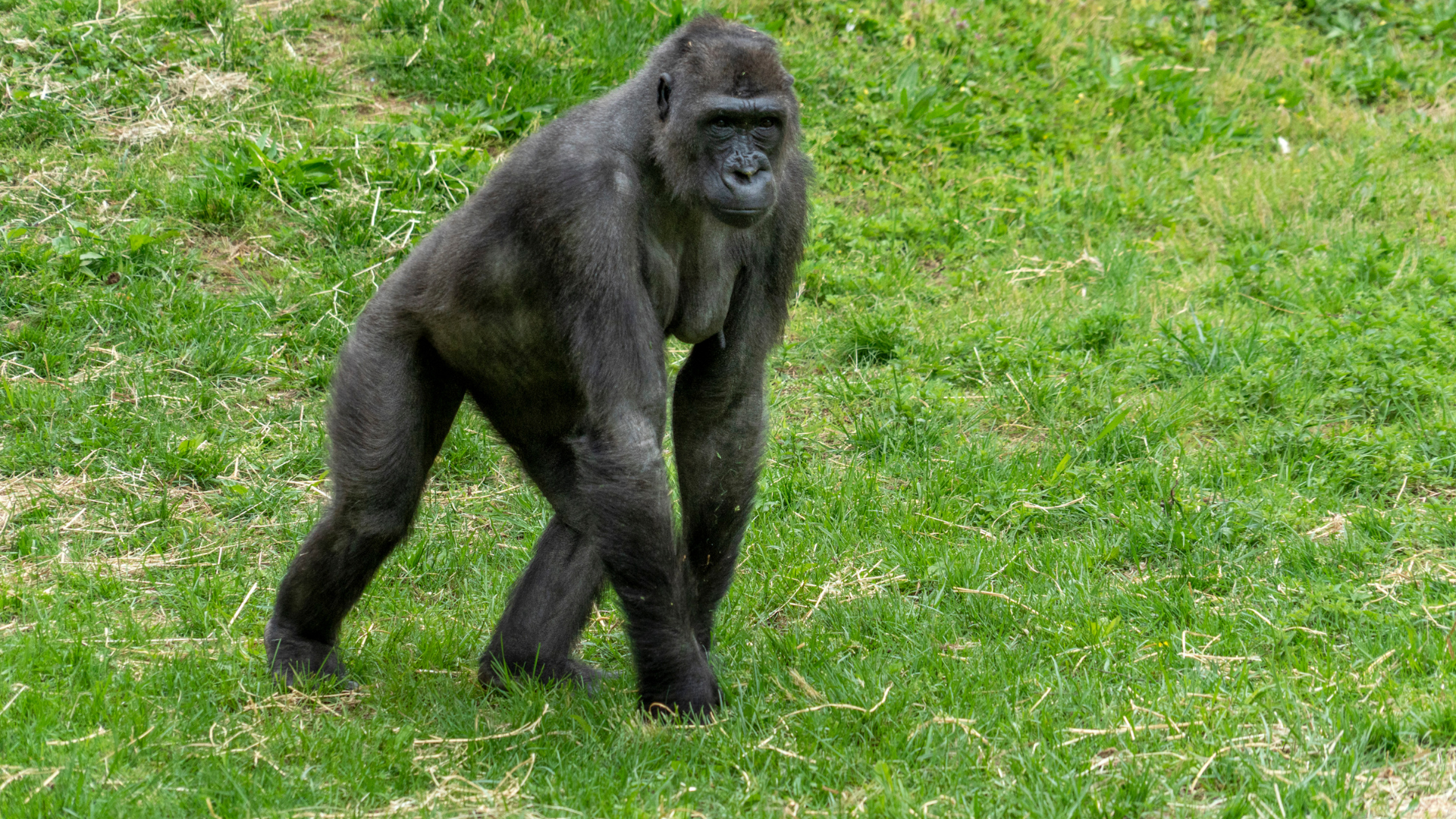Many of the things that we attribute to humans are, in fact, traits that apes have had for a long time. The most famous ape-like trait is bipedalism, in which humans walk on two limbs, while most other ape species, including our own ancestors, walk on four legs. Lucy, the 3.2-million-year-old Australopithecus afarensis, is the earliest known ancestor of modern humans. Her preserved skeleton has helped scientists learn more about the evolution of human anatomy.
Lucy was an early hominid who lived approximately 3.2 million years ago. She was discovered in Ethiopia in 1974 and is thought to be her species’ common ancestor with humans. It is known that her skeleton is the latest, most complete hominid found outside of Africa and that she is older than anything found during the “Out of Africa” era.
About 45 million years ago, Lucy lived her time on Earth. She walked on two feet, had hair, and was a mammal. She was known for being one of the first bipedal apes which left Africa and inhabited other parts of the world. Lucy’s story is detailed in the best-selling book, “Lucy: The Beginnings of Humankind.” Now, a new, high-definition film of the same title will be released in theaters Saturday, Nov. 10.
She enjoyed climbing on trees
It’s been about 2.8 million years since Lucy, a 3.5-foot-long australopithecine was discovered in Ethiopia. It was Lucy’s time on Earth that made her famous. She was the first hominid discovered to have lived in an arboreal environment (a tree or bush). Her discovery offered scientists the first evidence that apes are descended from hominins (a term used for animals that share common ancestry with humans) and that hominins originated in Africa. Now, new research shows that Lucy was different.
According to a new study, Lucy, the ancestor of humans, had strong hands and could climb more easily than previously believed. The woman was unearthed in Ethiopia in 1974. Her fossilized bones were unearthed by hand, and scientists first described her as a stooped, ape-like creature. The new findings, published in the American Journal of Physical Anthropology, suggest Lucy’s hands were longer, slenderer, and capable of gripping more firmly than those of apes and modern humans.
Her English name was inspired by a Beatles song
Lucy the Ancient Ape. That’s the English name given to a creature that lived millions of years ago, long before modern-day humans were around. But her name has changed over the years, and no one knows why. Some people refer to her as the “ape woman” from the Beatles’ song ‘Lucy in the Sky with Diamonds.’ Others call her Lucy the Australopithecus, the genus of the creature that lived millions of years ago.
It has been proven for a long time ago that our ancestors walked on a bipedal stance-not an upright bunny hop. Before the invention of the wheel, our ancestors depended on their endurance to hunt for food. The beast of burden was the horse. Horses acted as our modern-day chariot. In those days, horses were so important that some countries enslaved them.
Like humans, she walked on two feet
Lucy, the Ancient Ape, walked on two feet! She was a human ancestor who lived more than 3.2 million years ago in what is now Ethiopia. She was unearthed in 1974, and scientists were able to determine that Lucy is the earliest known fossil human.
Lucy the ape, who has been called “the earliest known ancestor of modern Homo sapiens,” had huge feet for walking on two feet. Fossils of Lucy’s feet suggest she had claws on both feet–perhaps opposable thumbs–and learned to walk on two feet from Australopithecus robustus, the ape-like creature she ate regularly.
Lucy is the first example of our genus, Australopithecus. Before Lucy, there was only guesswork as to what our ancestors looked like. But now, thanks to fossils of the Australopithecus family, anthropologists know so much more about how early humans looked. Lucy was the first fossilized specimen of Australopithecus. Scientists believe that Lucy walked on two feet and, like modern humans, she probably used tools, chewed gum, and interacted with other primates.
